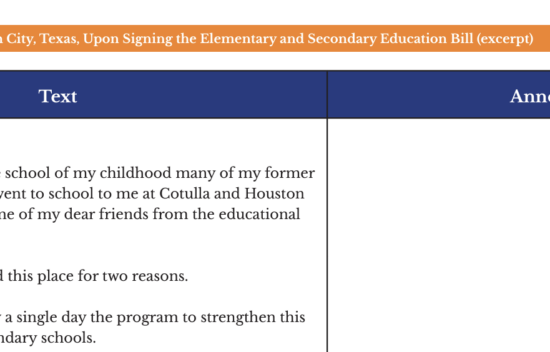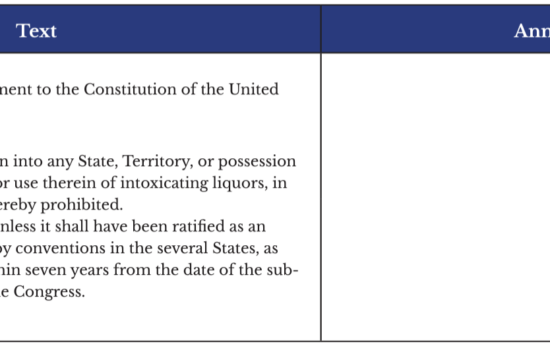
AP Government Case Studies
Case Study Options
Guiding Question
- How does this case study illuminate key concepts and processes in government and politics?
Objective
- Students will analyze and discuss a specific topic within the AP Government framework using a case study approach, primary sources, and structured discussion techniques.
Student Resources:
- Case study essay
- Case study primary sources
- Writing materials or devices for note taking
Teacher Resources:
- Case study teacher guide
- Discussion Protocols
This lesson can be used with any of the following Case Studies.
- Education and Schools
- Abortion Rights
- Drinking Age and Federal Highways
Engage
- Activate prior knowledge by asking students to write down what they already know about the topic.
- Have students share their thoughts with a partner or small group.
Explore
- Distribute the case study essay/reading to students.
- Allow time for individual reading and note-taking.
- Encourage students to highlight key points and questions as they read.
- Conduct a quick whole-class discussion on initial reactions and questions.
- Primary Source Analysis:
- Divide students into small groups.
- Assign each group one or more primary sources related to the case study.
- Instruct groups to analyze their assigned source(s) using guiding questions provided.
- Group Sharing:
- Have each group briefly present their primary source findings to the class.
- Encourage other students to ask questions or add insights.
- Structured Discussion:
- Refer to the discussion protocol document to select an appropriate discussion format.
- Use the discussion questions provided in the teacher guide to facilitate the conversation.
- Ensure all students have an opportunity to participate and share their thoughts.
Assess & Reflect
- Ask students to write a brief reflection addressing:
- The most significant thing they learned from the case study.
- How this topic connects to other areas of AP Government.
- Any remaining questions they have about the topic.
- Collect reflections for formative assessment.
Extend
- Direct students to the additional links provided in the teacher guide for further exploration.
- Assign a follow-up activity, such as:
- Researching a related current event and explaining its connection to the case study.
- Creating a visual representation (infographic or mind map) of the key concepts from the case study.
- Writing a short essay comparing the case study with another relevant example in American government.





